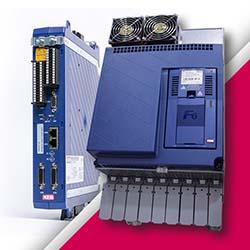The Slow Growth of High Speed
AIA Announces The Vision Show Startup Competition Finalists and Judges
How Will Food Manufacturing Adapt to IIoT
How Is IoT Data Being Leveraged Today to Improve Quality in the Commercial or Industrial Market?
Sensai Modernizes Manufacturing Operations With AI; Launches US Pilot Program
PBC Linear Building 3D Success with Trinity Labs
Reducing Parts Costs as Production Scales Up
Ready for Industry 4.0?
How 3D Printing is Impacting Manufacturing
Why Automation Gateways Matter
Russell Compact Sieve® skyrockets efficiency at New Balance additive manufacturing center
ManufacturingTomorrow - Special Tradeshow Coverage
MODEX 2018
Machine Vision Can Do More Than You Think
How Do Touchscreens Motivate Assembly Line Workers to Do Quality Work on Time?
Siemens invests in new 3D-printing facility in UK
Records 2146 to 2160 of 3073
First | Previous | Next | Last
Featured Product

KEB VFDs for High Speed Motor Control
Manufacturing and Automation - Featured Company

